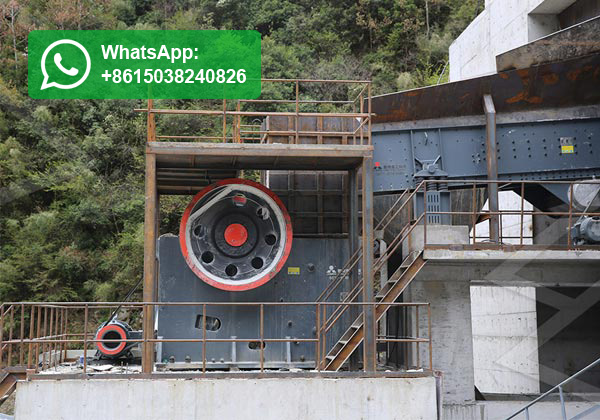A jaw crusher is a robust and reliable machine used for the primary crushing of various materials in industries like mining, construction, and recycling. Its design and operation make it ideal for breaking down large, hard materials into more manageable pieces, facilitating further processing stages. Here is an in-depth look at its features, working principle, and applications.
Design and Components
The jaw crusher consists of two main components: a fixed jaw and a movable jaw. The fixed jaw is mounted vertically in the crusher, while the movable jaw is attached to a swinging lever. Both jaws are lined with manganese steel plates, which protect the crusher from wear and tear while also increasing its lifespan. The space between the jaws, called the crushing chamber, narrows towards the bottom, allowing crushed material to be released at a consistent size.
Other critical components include a flywheel, which provides the necessary inertia to crush the material, and an eccentric shaft, which drives the movable jaw. These parts work together seamlessly to deliver powerful crushing action.

Working Principle
The jaw crusher operates on the principle of compressive force. When the machine is running, the motor drives the belt and pulley, moving the eccentric shaft, which causes the movable jaw to oscillate. As the movable jaw moves towards the fixed jaw, the material in the crushing chamber is compressed, resulting in the breaking and fracturing of the material. This cycle repeats continuously, producing progressively smaller pieces until they are small enough to pass through the bottom opening of the crusher.
The size of the output material can be adjusted by changing the distance between the two jaws, typically done using a set of toggles and adjusting screws. This flexibility allows the jaw crusher to produce a variety of material sizes, making it highly versatile.
Applications
Jaw crushers are widely used in various industries due to their ability to crush a broad range of materials. Here are some common applications:
- Mining: Jaw crushers are used to crush large rocks into smaller pieces for further processing in mineral extraction and metal refining. They are essential in primary crushing stages, handling hard and abrasive rocks.
- Construction: In the construction industry, jaw crushers are used to crush materials like concrete, granite, and other debris into smaller, reusable pieces. This helps in recycling and reduces the need for new raw materials.
- Recycling: Jaw crushers play a crucial role in recycling operations. They are used to crush old concrete, bricks, and other building materials into smaller, reusable aggregate. This not only conserves natural resources but also reduces landfill waste.
- Aggregate Production: In the production of aggregates for construction and road building, jaw crushers break down large rocks into smaller, uniform pieces that can be used in various construction applications.
Advantages
Jaw crushers offer several advantages that make them ideal for primary crushing:
- High Efficiency: They can process large volumes of material quickly, making them suitable for high-capacity operations.
- Durability: The robust construction and high-quality materials used in jaw crushers ensure a long service life, even in harsh working conditions.
- Versatility: The adjustable output size allows jaw crushers to produce various material sizes, making them suitable for different applications.
- Ease of Maintenance: Jaw crushers are relatively simple machines with fewer moving parts, making maintenance straightforward and less time-consuming.
In conclusion, jaw crushers are indispensable in the realm of primary crushing. Their robust design, versatility, and efficiency make them the equipment of choice for handling a wide variety of materials in mining, quarrying, and recycling industries. By effectively reducing large materials into smaller, manageable sizes, jaw crushers set the stage for subsequent processing stages, contributing significantly to the overall efficiency and productivity of crushing operations.

